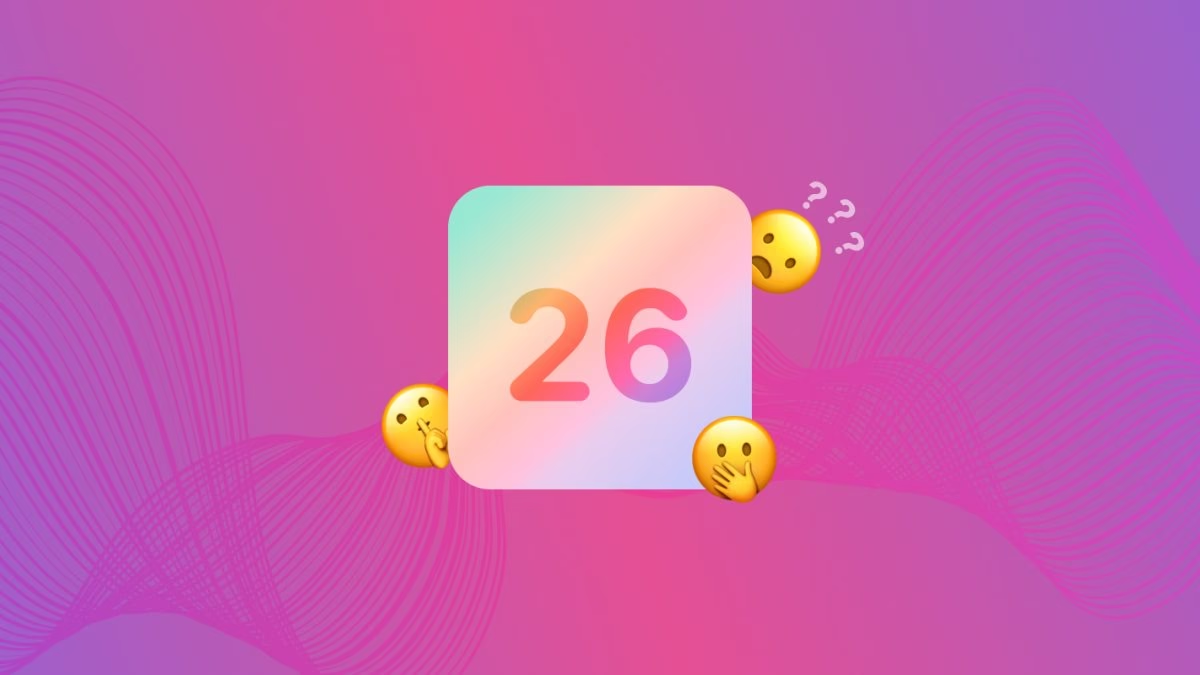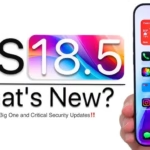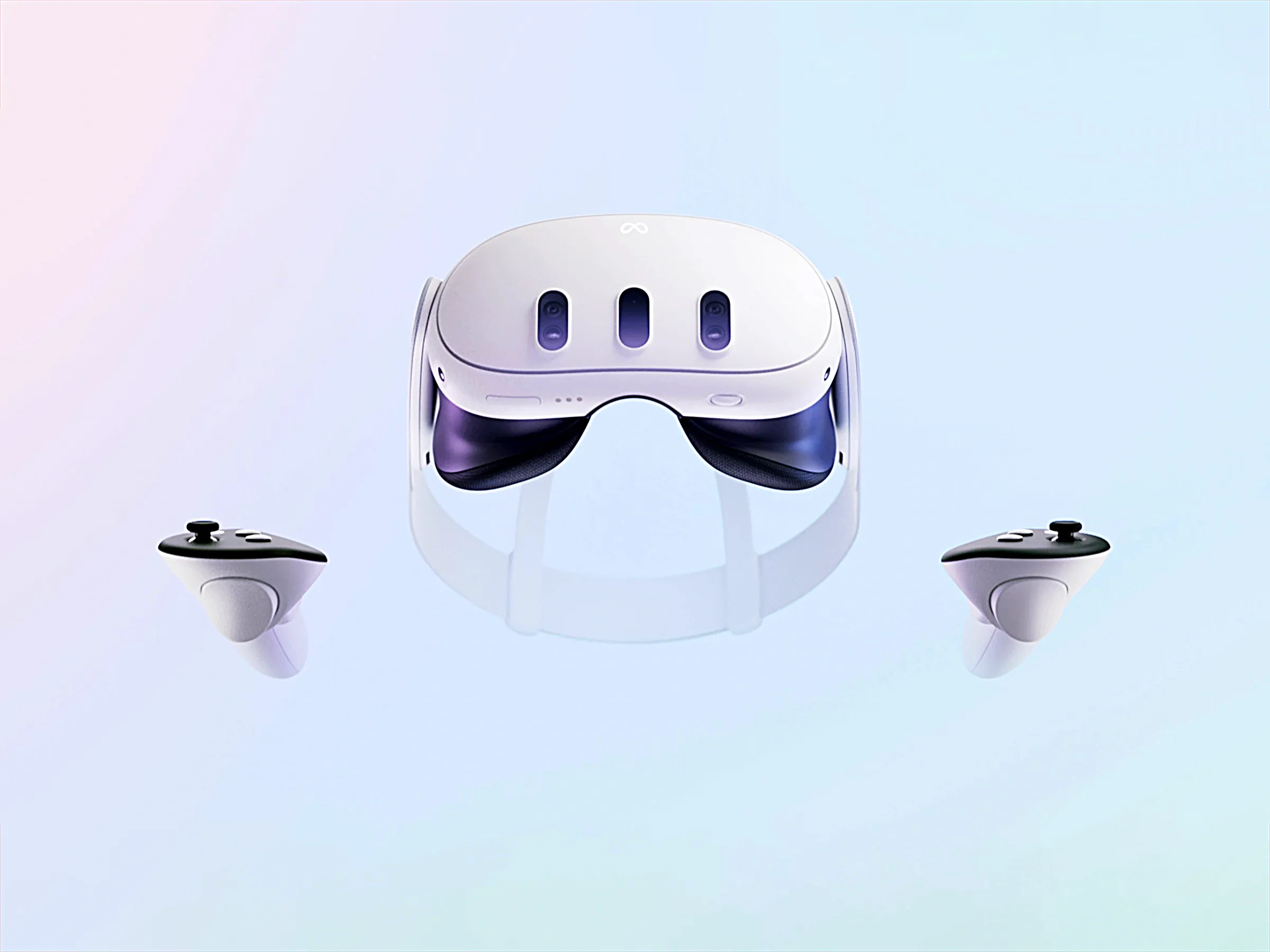Why Did Apple Skip iOS 19? Understanding the Apple Operating System Naming Change 2025 to iOS 26
Estimated reading time: 7 minutes
Key Takeaways
- Apple did not *skip* a numerical release (like abandoning iOS 19 development) but implemented a significant *apple operating system naming change 2025*.
- The next version after iOS 18 is officially named *ios 26*, jumping from 18 to 26.
- This change aligns the OS name with the release year, similar to model years for cars or other tech products.
- The new naming convention aims to simplify identification and unify branding across Apple platforms.
- ios 26 introduces a major visual overhaul called “Liquid Glass” and hints at deeper “Apple Intelligence” (AI) features.
- The final ios 26 release is expected in Fall 2025, following a mid-summer public beta.
Table of contents
- Why Did Apple Skip iOS 19? Understanding the Apple Operating System Naming Change 2025 to iOS 26
- Key Takeaways
- Addressing the Perceived “Skip”: Did Apple Really Skip iOS 19?
- The Official Apple Operating System Naming Change 2025
- Introducing iOS 26: The Officially Named Next Generation
- What’s New in iOS 26? Announced Features
- iOS 26 Release Timeline: When is iOS 26 Coming Out? & iOS 26 Release Date Public Beta
- Conclusion
- Frequently Asked Questions
Let’s cut straight to the chase and address the burning question: “*why did apple skip ios 19*?” This query has sparked considerable discussion and speculation among Apple enthusiasts and tech watchers worldwide. It seems counterintuitive for a company known for its predictable, sequential naming conventions to suddenly leap a significant number.
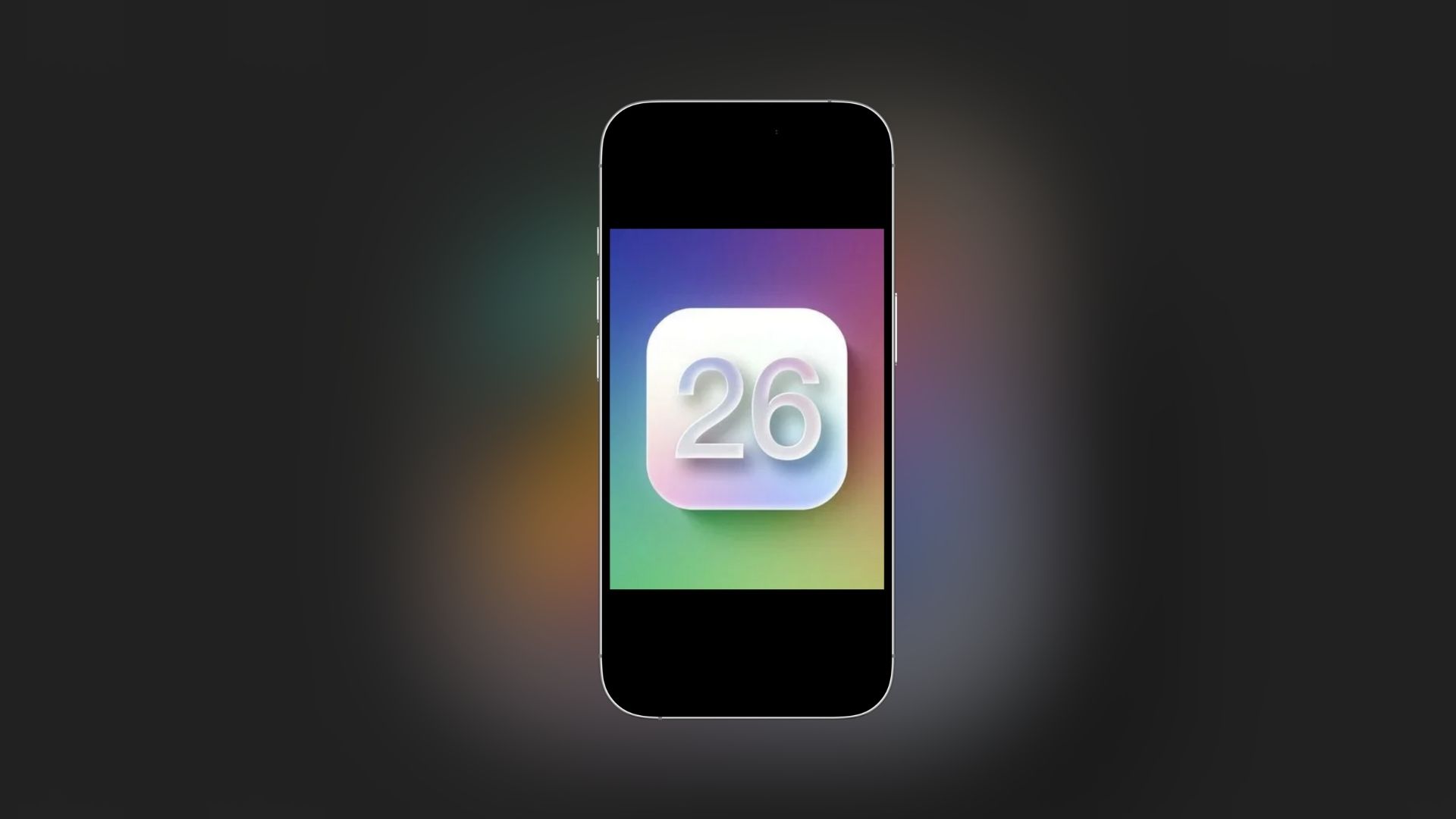
However, the truth is more nuanced than a simple “skip.” Apple didn’t abandon the development cycle that would have *conceptually* led to an iOS 19. Instead, they implemented a major, intentional *apple operating system naming change 2025*. This change is fundamental to how Apple will brand its mobile operating system going forward, resulting in the version immediately following iOS 18 being officially designated as *ios 26*.
This post will serve as your comprehensive guide to understanding this shift. We’ll delve into why Apple made this decision, what the jump to *ios 26* signifies, explore the exciting new features that have been announced, and outline the expected release timeline. Get ready to demystify the future of iPhone software naming!
Addressing the Perceived “Skip”: Did Apple Really Skip iOS 19?
To directly answer the primary question echoing across tech forums and news sites: no, Apple did *not* skip a numerical release in the sense that they developed iOS 19 but chose not to release it, or that they abandoned a planned development cycle. The confusion arises from the expectation of a simple, linear progression: iOS 17 followed by iOS 18, then naturally iOS 19, iOS 20, and so on.
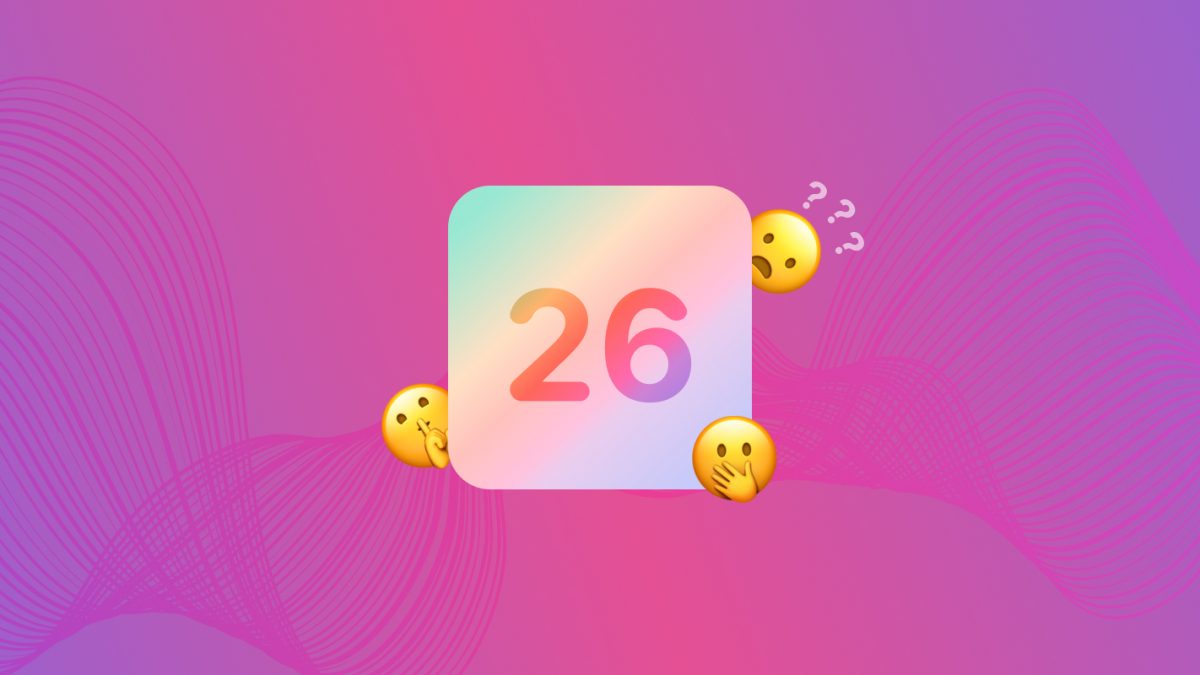
The reality is that at its annual Worldwide Developer Conference (WWDC) in 2025, Apple made a pivotal announcement regarding its software branding strategy. The company confirmed a complete overhaul of how it names its operating systems.
Instead of the next logical step in the previous sequence, incrementing to iOS 19, Apple officially declared that the next major iteration of the iPhone operating system following iOS 18 would be named *ios 26*. This wasn’t a random jump or an arbitrary choice; it was a deliberate decision signaling a new era in Apple’s software naming conventions.

As reported by multiple sources covering the event, “Apple officially announced during its WWDC 2025 keynote that it is overhauling its operating system naming convention. Rather than incrementing to iOS 19, the next release will be called iOS 26.” This was corroborated by others, stating that “Apple confirms switch to iOS 26 naming convention, here’s why that matters” and that “Apple reveals comprehensive redesign for iOS 26 at WWDC 2025,” further cementing that `ios 26` is the *actual* name of the next release, not just a placeholder.
The jump from 18 to 26 might seem like a massive leap, but it’s not indicative of eight years of missed development. It is purely a numerical identifier chosen to represent the new *apple operating system naming change 2025* strategy, which we will explore in detail next. The perceived “skip” of iOS 19 is simply the result of this intentional branding pivot.
The Official Apple Operating System Naming Change 2025
The pivotal moment for this change was the official announcement at WWDC 2025. Apple used this global stage not just to preview the next software iteration but to unveil a brand-new philosophy for naming its cornerstone mobile platform. This *apple operating system naming change 2025* is rooted in a desire for clarity and consistency.
The core of the new rule is simple: Apple’s mobile OS releases will now adopt the last two digits of the upcoming year in their name. This is a significant departure from the purely sequential numbering used since the platform’s inception.

Applying this rule, the version following iOS 18, which is set to launch in the fall of 2025, will be named *ios 26*. The “26” directly references the year 2026, signifying that this version is the primary OS release for that calendar year, despite its typical late-year launch. This mirrors the naming conventions seen in other industries, such as the automotive sector, where new models are often named after the following calendar year.

According to reporting on the announcement, “Apple’s new naming convention will use the last two digits of the upcoming year for its OS releases. After iOS 18, users will receive iOS 26, set to launch in fall 2025 — with the “26” referencing 2026, much like how car models are often named for the following model year.” This provides a clear analogy for understanding the logic behind the numerical jump.
Apple provided several key reasons for making this substantial shift:
- **Simplicity and Identification:** Apple stated that this change is primarily intended “to make it simpler for users to identify the most current operating system.” Under the old system, knowing which version was the *latest* sometimes required tracking release history. The year-based name makes it immediately obvious which version is current for a given year.
- **Modern Branding:** Another stated goal was to “keep Apple’s branding modern and straightforward.” As operating systems become more complex and releases more significant, tying the name to the calendar year can feel more relevant and intuitive to the average consumer.
- **Industry Alignment:** Apple acknowledged that this move aligns its mobile OS naming “with practices seen in other tech giants such as Microsoft and Samsung, who have used year-based or model-year naming strategies.” This harmonization can make the tech landscape feel more consistent for users interacting with multiple platforms.
- **Unified Platform Branding:** While not explicitly stated as the *sole* reason, the change also serves to “unify Apple’s software branding across platforms.” macOS, for instance, has often incorporated year identifiers in its naming history. This move brings iOS nomenclature into closer alignment with the rest of Apple’s software ecosystem, creating a more cohesive brand identity. Sources highlight that “The “iOS 26” designation is not an arbitrary jump but a calculated change to enhance clarity for consumers and to unify Apple’s software branding across platforms,” a point also echoed by Engadget’s reporting on the WWDC announcement: “Apple reveals comprehensive redesign for iOS 26 at WWDC 2025” under the new convention.
It’s worth noting that discussions and rumors about Apple potentially shifting its OS naming strategy had been circulating for some time prior to WWDC 2025. The official confirmation put an end to this speculation, as “Rumors and discussions about this potential shift have swirled for several cycles, culminating in Apple’s official confirmation at WWDC 2025,” according to various tech outlets reporting on the event, including CNet and Engadget.
In essence, the move to *ios 26* is a strategic branding decision, not an indication of a skipped release or missing features from a hypothetical iOS 19. It’s a forward-looking step aimed at making the software landscape clearer for users and more consistent for Apple.
Introducing iOS 26: The Officially Named Next Generation
With the new naming convention established, let’s focus on *ios 26* itself. This is not a placeholder or a fan-made concept; *ios 26* is the official, confirmed name for the next major annual update to the iPhone operating system following iOS 18.
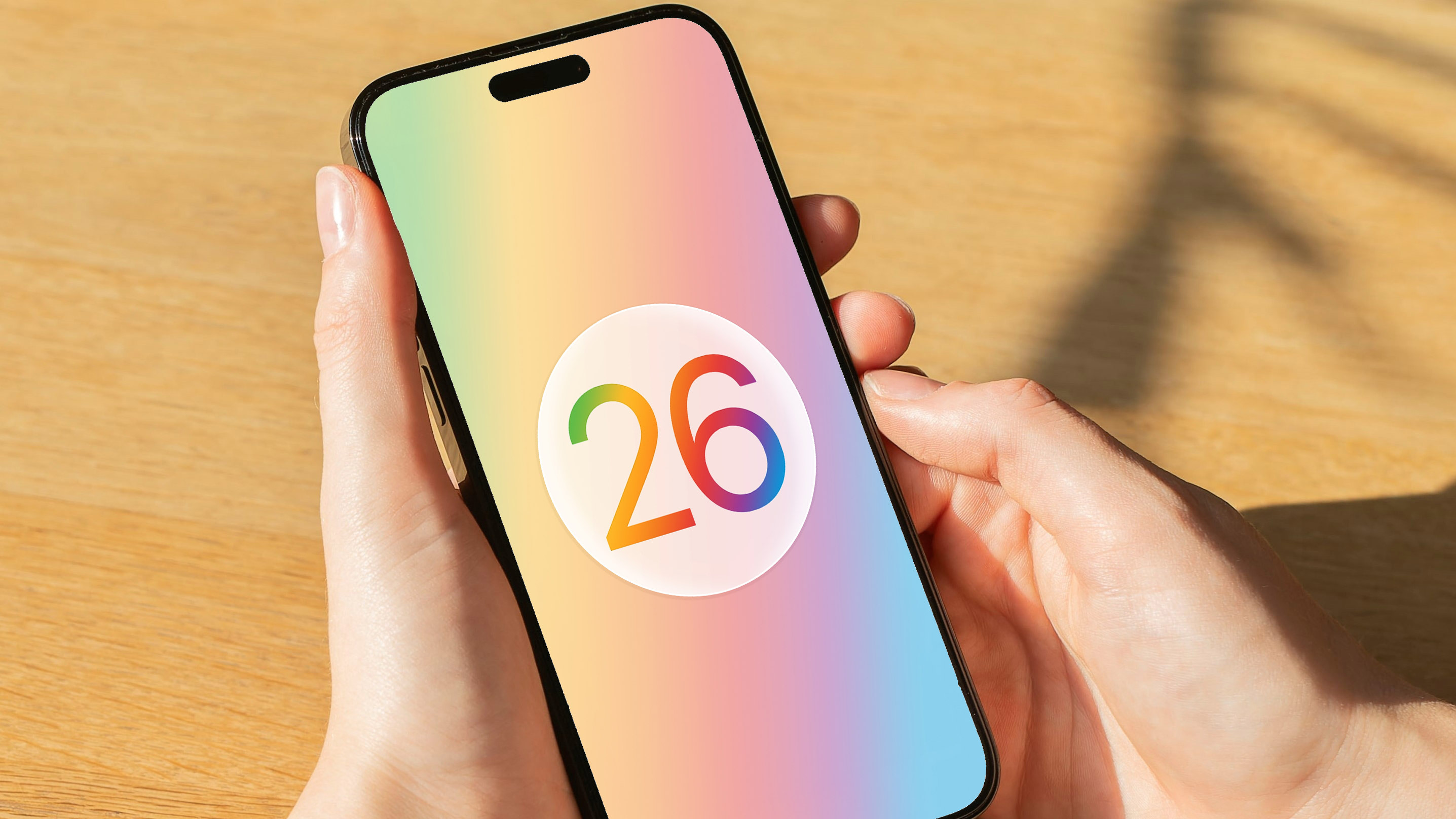
As confirmed at WWDC 2025, “It’s important to note that iOS 26 is now the official next version, not merely a speculative or user-invented name.” This underscores the permanence and significance of the naming change.
The name *ios 26* directly reflects the new model-year-based system Apple has adopted. While the software will be released in late 2025, its naming references the year 2026, aligning with the practice of naming products for the year in which they will primarily be current or relevant. As explained, “While the leap to “iOS 26” may seem abrupt, it is simply Apple’s way of aligning with a new, more intuitive model-year-based system.”
This new convention is designed specifically to make it easier for consumers to track which version of the OS is the most current one relative to the calendar year. Instead of wondering if iOS 19 is newer than iOS 18, users will intuitively understand that *ios 26*, released in 2025 but named for 2026, represents the latest and greatest from Apple.
Beyond the name, *ios 26* is poised to be a significant update, packed with new features and design changes that justify its position as the next major release. We will explore these features in the following section, highlighting what users can expect from the first OS under the new year-based naming structure.
What’s New in iOS 26? Announced Features
Beyond the significant *apple operating system naming change 2025*, *ios 26* is bringing substantial updates to the user experience itself. Apple previewed several key “apple ios 26 new features” at WWDC 2025, hinting at a fresh era for the iPhone.
The most talked-about feature is a major visual overhaul. Apple is introducing a brand-new design language for *ios 26*, which they are calling “*Liquid Glass*”. “Apple has introduced a major visual overhaul in iOS 26, calling it the “Liquid Glass” design language.”
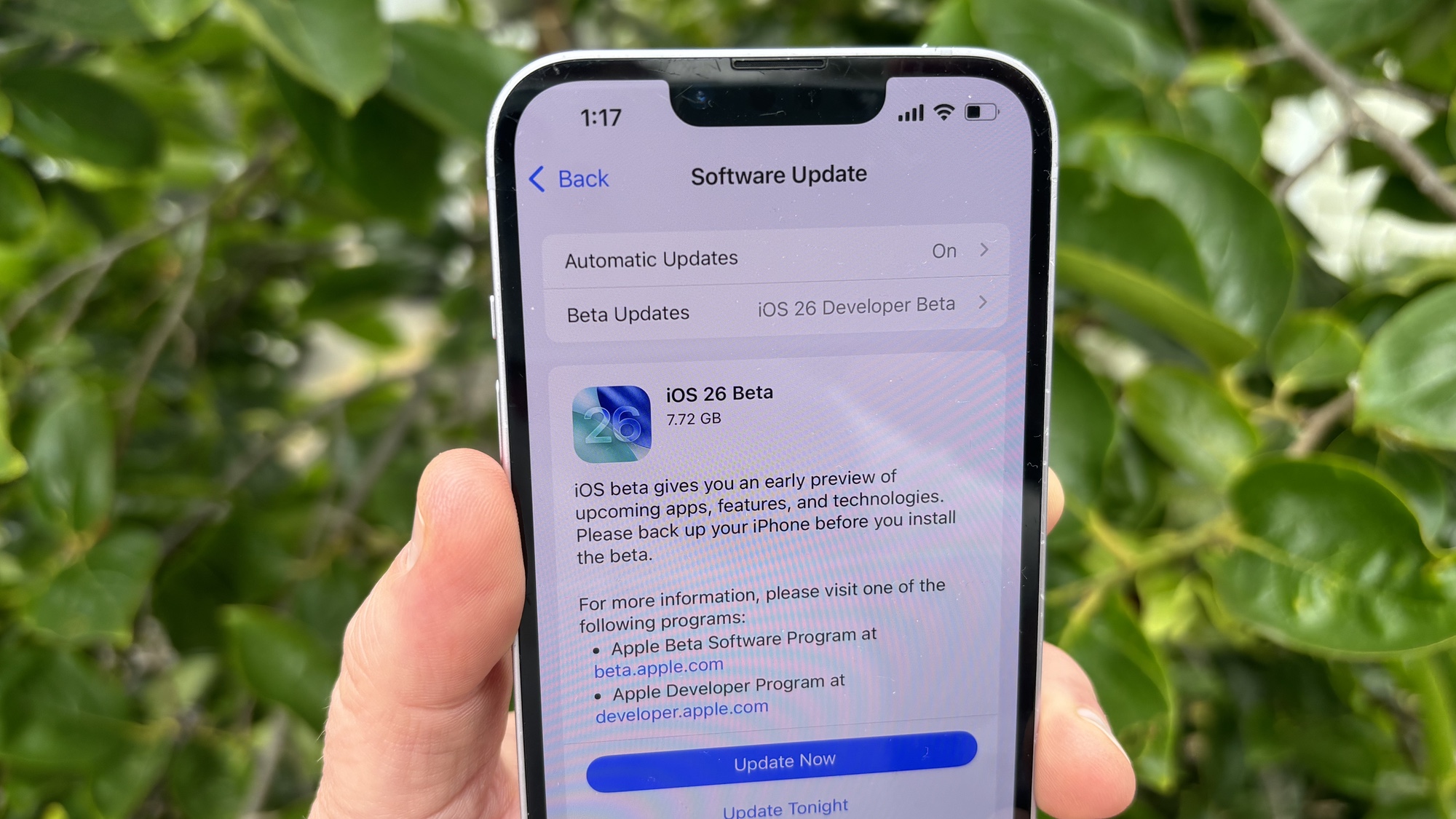
This redesign represents a monumental shift, arguably the most substantial visual update the operating system has received since the flat design revolution of iOS 7. “This represents the most substantial visual update since iOS 7,” confirming the scale of the change.
The “Liquid Glass” aesthetic aims to bring a sense of fluidity, depth, and modernity to the interface. Specific elements highlighted include:
- *Transparent icons and widgets across the home screen*: Moving beyond static shapes, icons and widgets will feature levels of transparency, allowing glimpses of the wallpaper beneath and creating a layered effect.
- *Subtle, fluid animations for a more modern feel*: System animations are being refined to be smoother, more dynamic, and more responsive, enhancing the tactile feel of interacting with the device.
- *A unified design that permeates all aspects of the OS*: The new aesthetic isn’t limited to the home screen; it will extend into core apps, settings, and system elements, creating a consistent and polished look throughout the entire operating system.
These visual enhancements, as described in the reporting, collectively aim to modernize the iPhone experience significantly. “…bringing: Transparent icons and widgets across the home screen, Subtle, fluid animations for a more modern feel, A unified design that permeates all aspects of the OS.”

Beyond the visual, Apple also provided hints about future capabilities centered around artificial intelligence. The company teased the emergence of something called “*Apple Intelligence*”. “Additionally, Apple teased the emergence of “Apple Intelligence,” hinting at deeper AI integration, though full details are yet to be shared.” While the full scope and specific features of “Apple Intelligence” in *ios 26* remain somewhat under wraps, it strongly suggests that AI and machine learning will play a more prominent role in enhancing user experience, potentially powering more sophisticated Siri interactions, personalized features, and on-device processing.
As with any major iOS release, we can also anticipate improvements in areas like privacy and security, performance optimizations across supported devices (iOS 18 supported devices list provides a hint at potential compatibility), and deeper integration with Apple’s latest hardware. While the visual redesign and AI are the headliners, the underlying performance and security enhancements are always a critical part of an annual update like *ios 26*.
The “Liquid Glass” design language alone makes *ios 26* one of the most anticipated updates in years, and the prospect of “Apple Intelligence” adds another layer of excitement for what the future holds for the iPhone.
iOS 26 Release Timeline: When is iOS 26 Coming Out? & iOS 26 Release Date Public Beta
Understanding the *apple operating system naming change 2025* to *ios 26* is one piece of the puzzle; knowing *when is ios 26 coming out* is the other. Fortunately, Apple maintains a remarkably consistent annual release cycle for its major iOS updates, and *ios 26* is expected to follow this well-established pattern.
The typical iOS release cycle unfolds in distinct phases:
- **June: WWDC Keynote and First Developer Beta:** This is when Apple officially unveils the new version of iOS to the world. Immediately following the keynote, the first developer beta is released, allowing registered developers to begin testing the new operating system on their devices and integrate its features into their apps. For *ios 26*, this phase has already occurred in June 2025, as confirmed by reporting: “June: WWDC keynote and first developer beta release (already announced for iOS 26).”
- **Mid-summer: Public Beta Availability:** A few weeks or months after the initial developer beta, Apple typically releases a public beta version. This allows a wider group of non-developer users to install and test the software, providing valuable feedback on bugs and performance. This phase is crucial for refining the OS before its general release. “Mid-summer: Public beta becomes available for broader testing.”
- **Fall: Final Stable Release:** The culmination of the development and testing cycle is the public release of the final, stable version of the operating system. This usually happens in September, often coinciding with the launch of the new iPhone models. This is the answer to “*when is ios 26 coming out*” for the general public. “Fall: Final stable release, launching to the general public alongside new iPhone models.”

Applying this established timeline specifically to *ios 26*:
The most anticipated date for the majority of users is the final public release. Based on Apple’s consistent schedule, the final stable release for *ios 26* is expected to roll out in **Fall 2025**. This aligns perfectly with when Apple typically releases its new iPhones, ensuring the latest software is available on the latest hardware right away.
For those eager to try the new features and contribute to the testing process, the “*ios 26 release date public beta*” is projected for **mid-summer 2025**. This means users can likely get a preview of the “Liquid Glass” design and other new elements sometime in July or August.

As “For iOS 26, expect the public beta to roll out by mid-summer 2025, with the final release set for fall 2025, keeping in line with Apple’s historical timelines,” confirmed by multiple reports, the timeline for *ios 26* appears predictable despite the unpredictable name change. Users can look forward to exploring the new OS in beta form relatively soon, with the full, polished version arriving just before the holiday season.
Conclusion
The initial confusion surrounding whether “*why did apple skip ios 19*” is understandable, given Apple’s long history of sequential numbering for its mobile operating system. However, as we’ve explored, Apple did not truly “skip” a release in the developmental sense. Instead, the jump directly from iOS 18 to *ios 26* signifies a calculated and intentional *apple operating system naming change 2025*.

This strategic pivot to a calendar-year-based naming system is designed to enhance clarity for users, making it simpler than ever to identify the most current operating system version relative to the year. It also serves to unify Apple’s software branding across its diverse ecosystem of platforms.
Beyond the name change, *ios 26* itself promises significant advancements. The highlight appears to be the introduction of the “Liquid Glass” design language, representing the most substantial visual overhaul since iOS 7. This new aesthetic brings transparent elements, fluid animations, and a unified look across the OS. Apple also hinted at exciting possibilities with the tease of “Apple Intelligence,” suggesting deeper AI integration is on the horizon.
In line with Apple’s predictable release schedule, users can expect the final stable version of *ios 26* in Fall 2025, likely alongside the next generation of iPhones. A public beta will be available for those eager to preview the changes, expected by mid-summer 2025.
The move to *ios 26* is more than just a number change; it’s a clear signal of Apple’s future direction in software branding and design. As always, users should watch for official Apple announcements for detailed feature breakdowns and further strategy updates as the release draws nearer.
Frequently Asked Questions
Did Apple really skip iOS 19?
No, Apple did not technically skip developing or releasing a version. They implemented a new apple operating system naming change 2025 that resulted in the version after iOS 18 being named ios 26.
Why did Apple jump straight to iOS 26?
The jump to ios 26 is part of a new naming convention. Apple will now use the last two digits of the upcoming year for its OS releases, making it clearer which version is current and unifying branding. The ’26’ references the year 2026, though it’s released in late 2025.

What are the major new features in iOS 26?
Major apple ios 26 new features include a significant visual overhaul called “Liquid Glass,” featuring transparent elements and fluid animations, and initial hints about deeper AI integration referred to as “Apple Intelligence.”
When is iOS 26 coming out?
The final, stable version of ios 26 is expected to be released in Fall 2025, following Apple’s historical timeline for major iOS updates.
When can I get the iOS 26 public beta?
The ios 26 release date public beta is anticipated by mid-summer 2025, allowing non-developers to test the software before its general release.


